From the Chiasmus archive: Yohji Yamamoto Ready-to-Wear Fall 2018 - Paris Fashion Week. March 5th, 2018.
(Images Yohji Yamamoto 2018)
“Before Japanese Rinzai Zen Master Takuan Soho (1573-1645) died, this great scholar-artist-teacher instructed: “Bury my body on the mountain behind the temple; throw earth on it and go away. No scripture reading, no offerings—go on with your meals. Afterwards, no pagoda, no monument, no posthumous name or title, and certainly no biography full of dates!” At his final moment, he wrote the Chinese character for yume (“dream”), put down the brush, and died. ” From enlightened-spirituality.org/Zen_Humor.html
___
Yohji Yamamoto who has always used death or the end of one's life as a subtle reflection on the inevitable in most of his collections. The duality between dark and light also seen as the chiasmus of light and dark. That are one in the same, yet appear from two separate points. A beginning and an end. Where life, human existence maintains its purpose within the middle. The day as it is, set at this point in time. Is all that matters. Without thoughts of the end or its beginning. This is the awareness of mortality. The Taoists would call this the Shining Mind, the Zen Buddhist would inscribe it to be what is known as the Buddha Mind. If you were to look at from a Western philosophical perspective you could call this the “The Enduring Mind.”
We use up the days, despite exhaustion. Never to return.
For Yamamoto’s Ready-To Wear Fall 2018 collection he paid homage, gently, to the great couture designer Azzedine Alaïa. Out of respect, there would be no need to elaborate on the passing of one of Fashion’s greats. But, to see Yohji Yamamoto once again, as noted numerous times in my reviews of all of his collections. The master designer knows form, particularly the female shape (as did the late Alaïa). Which, as Yamamoto is aware, holds a subtle and blunt appeal to aesthetics, the movement and the pose is uniquely feminine. As is the narcissism. In turn it can be accentuated and complemented with different styles, younger designers should study this without referring to textbooks, cell phones, digital ‘trends’ and University courses. What fits and what doesn’t is experienced, not taught. A Master designer such as Yohji Yamamoto is able to layer and drape fabrics in an elegant array yet still revel an impression that is truly feminine.
Yamamoto’s Ready-to-Wear Fall 2018 collection with its statuesque and vivid forms of layered and textured clothing. Also experimented with Picasso cubism as a surrealist representation in visualizing styles via some of the pattern work, makeup and hair. This is not a new theme for Yamamoto as it has been seen before as an influence (Cubism and Surrealism) in previous shows, but maybe not as obviously stated as it was with his RTW Fall 2018 collection.
Beautifully draped and fitted clothes which at times shows Yohji Yamamoto’s ability to define geometrical cuts and prints, cleverly aligned as symmetrical styles, but tweaked with its pushed up fabrics to offset perspectives. Which is the influences of surrealism and cubism as an art form in their representation; the realignment of symmetry that is to offset and warp, thus revealing extra dimensions. For Yamamoto’s RTW Fall 2018 collection is mostly confined to fine wools blended materials, which drape around the models without looking like it’s covering up the feminine shape, trench coats, and double breasted blazer styles, angled in asymmetrical configurations. Intricately pattered and neatly crafted leather pieces as corsets, re-cut utility style belts. Cropped leather jackets and vests. Tassel inspired accessories that dangled from the models heads, if carefully studied, one would see (as an attachment) small pigs with wings. There is a sense of irony and humor with this collection, but also a sexiness. With a contemporary and original take on 1980s sexual power on show, which has not be seen for awhile. But appears to be edging closer as one of the main trends as we move further into 2018.
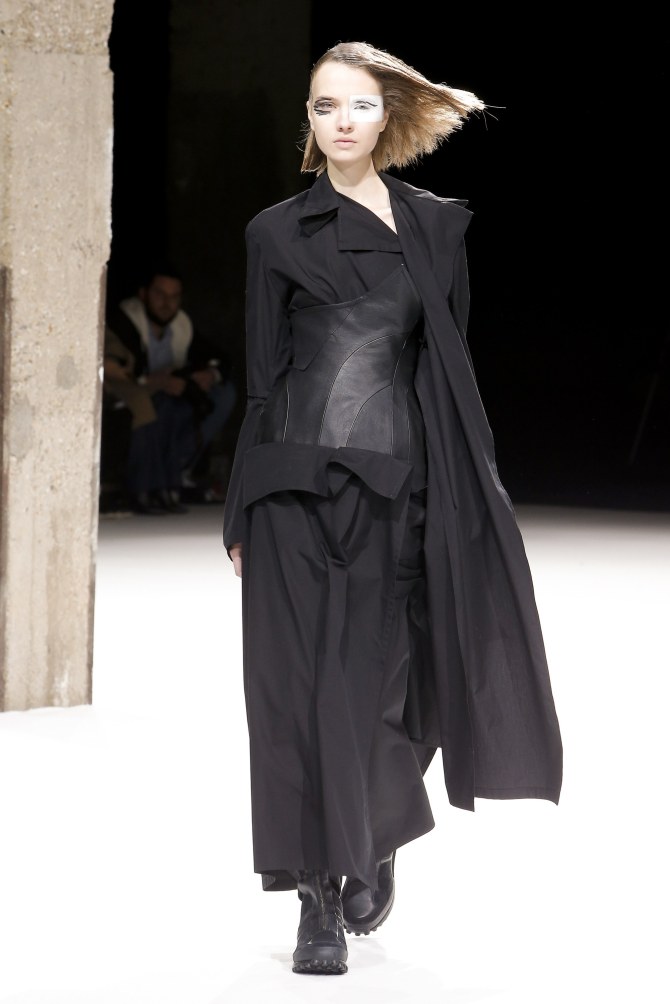
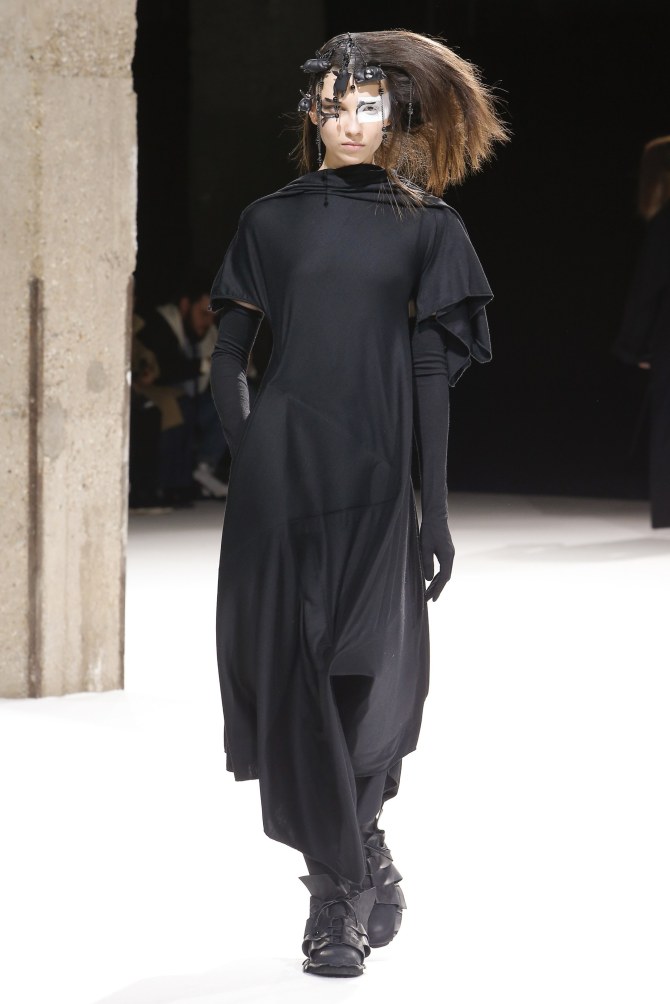
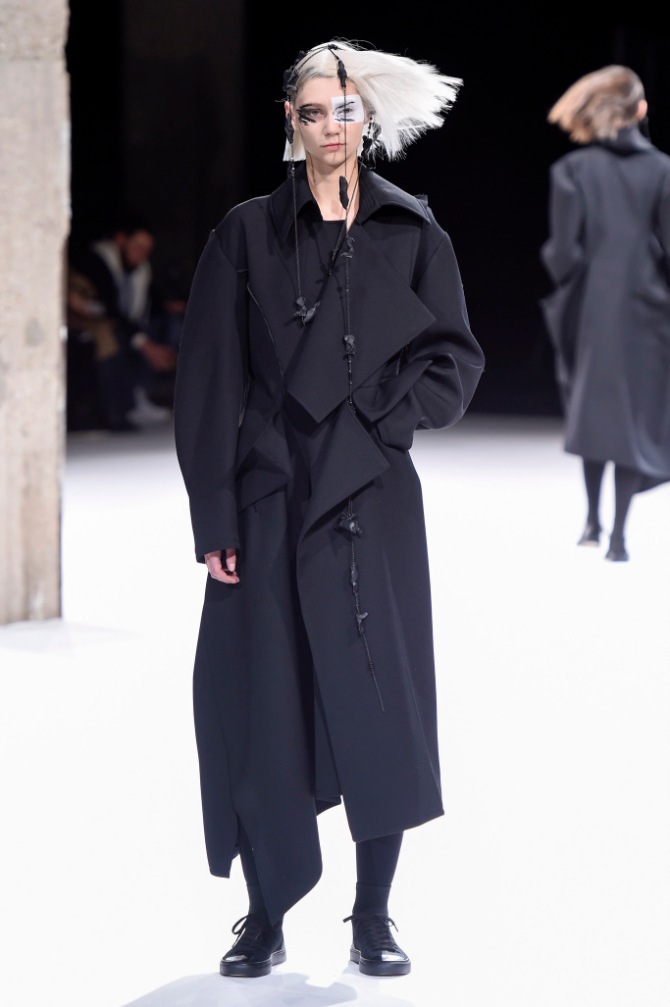
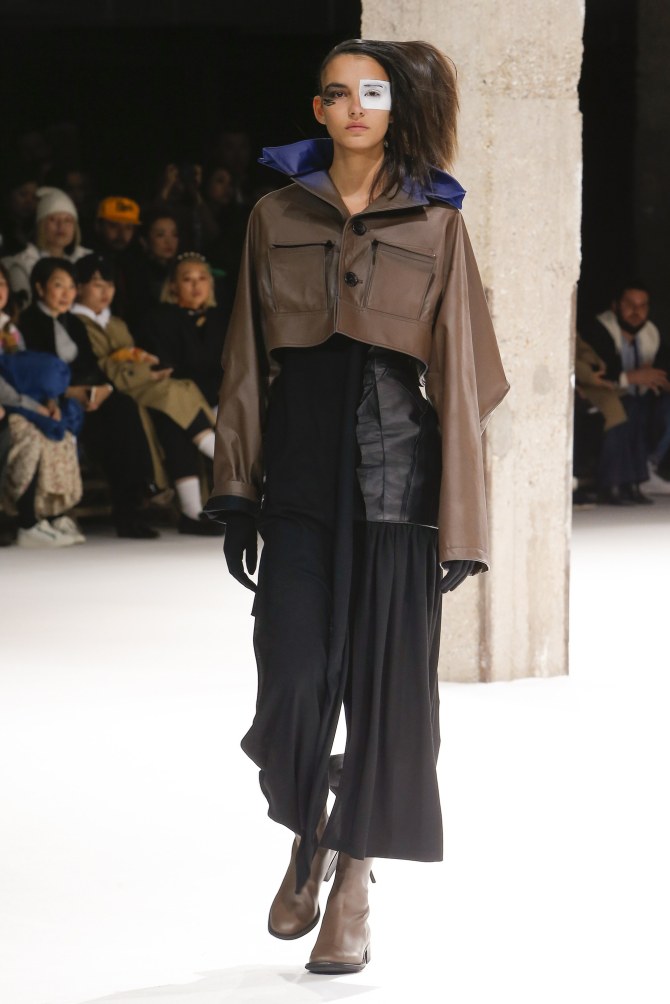
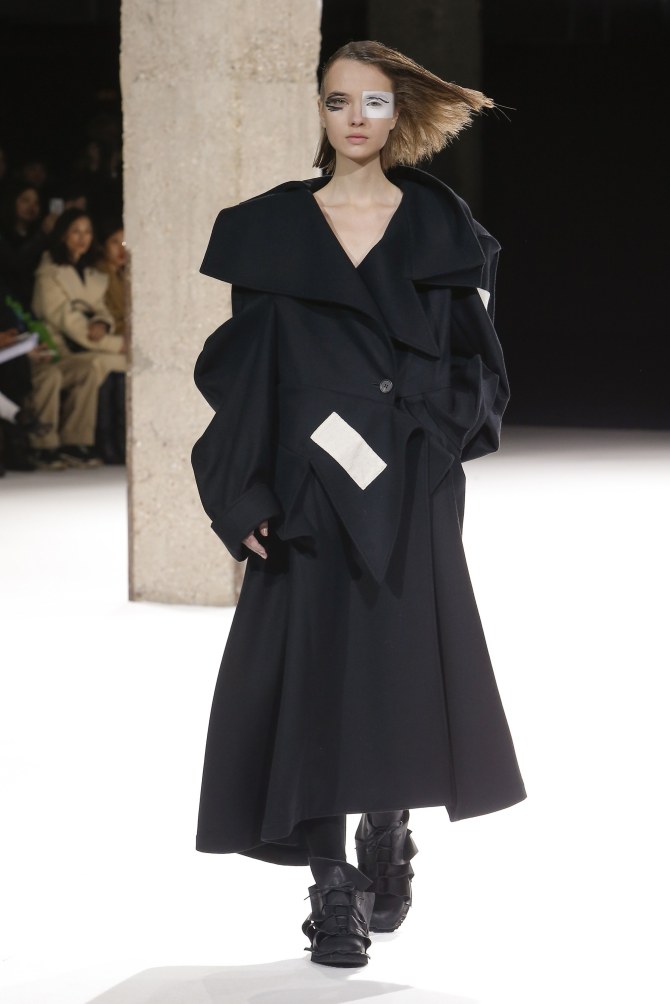
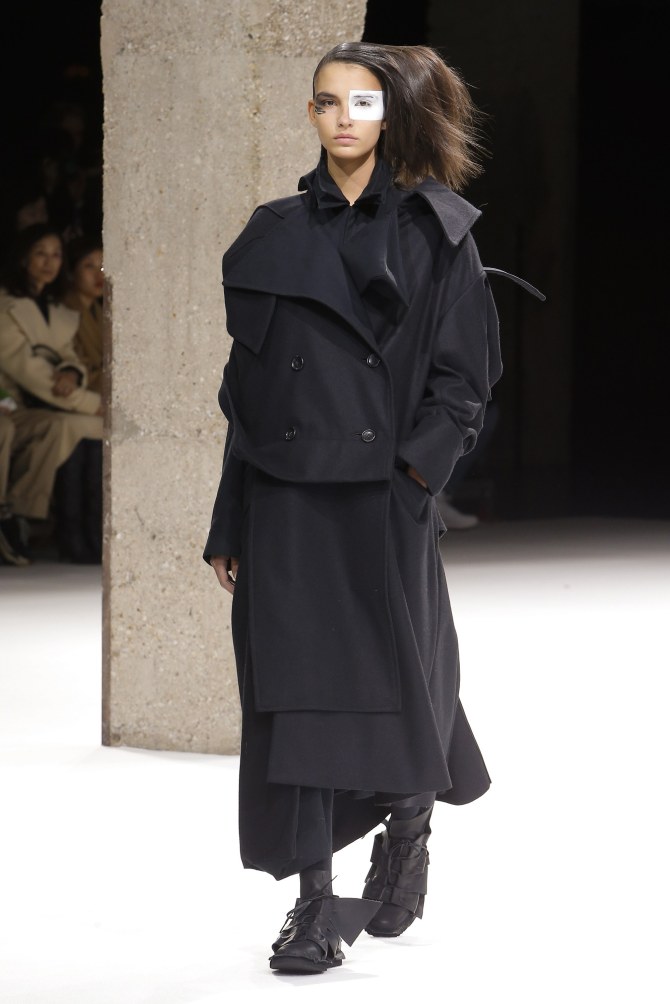

Comments
Post a Comment